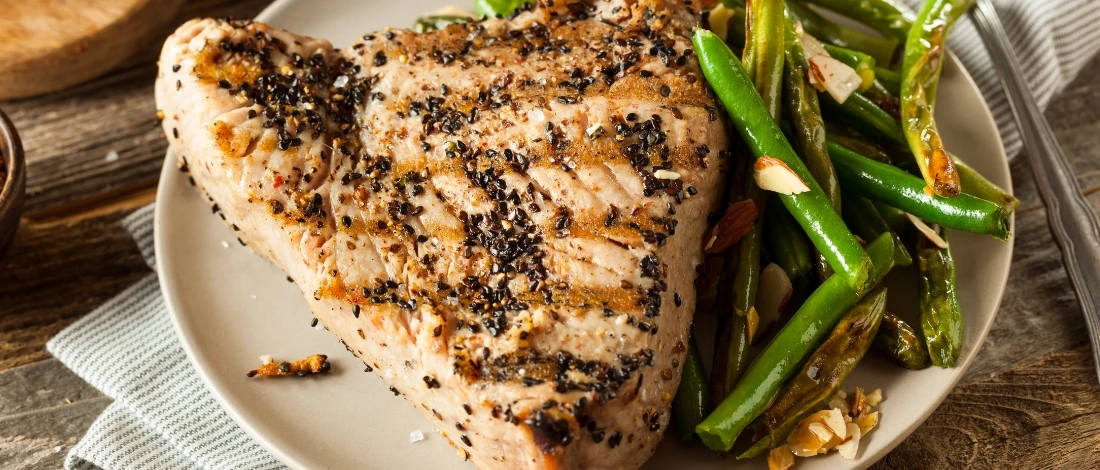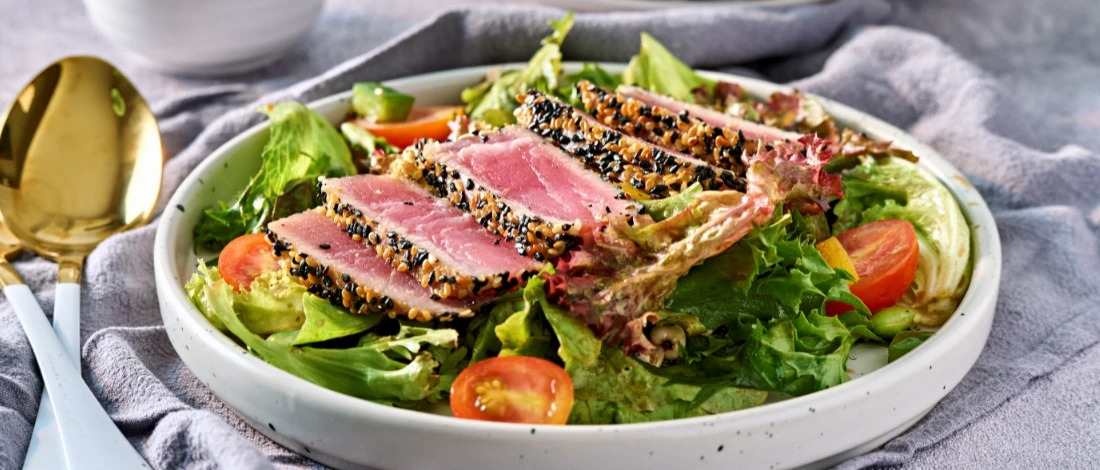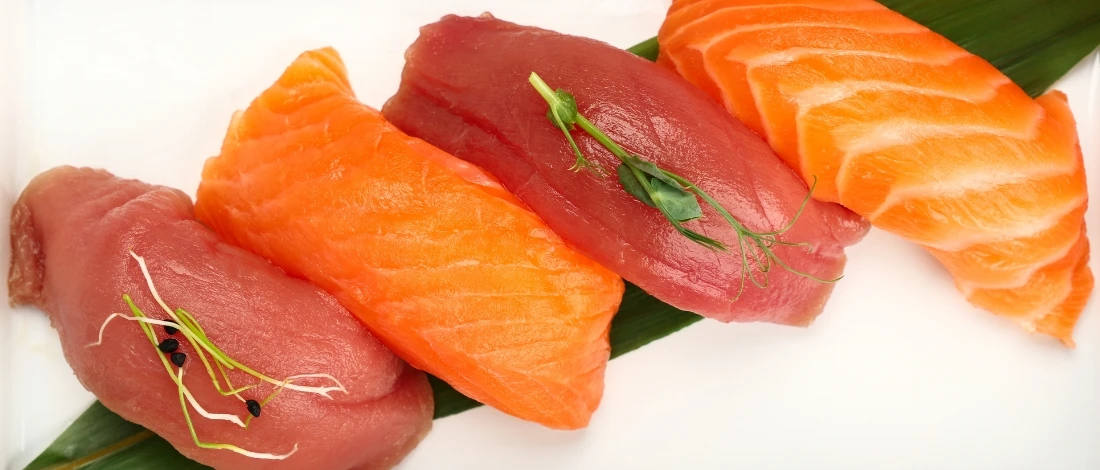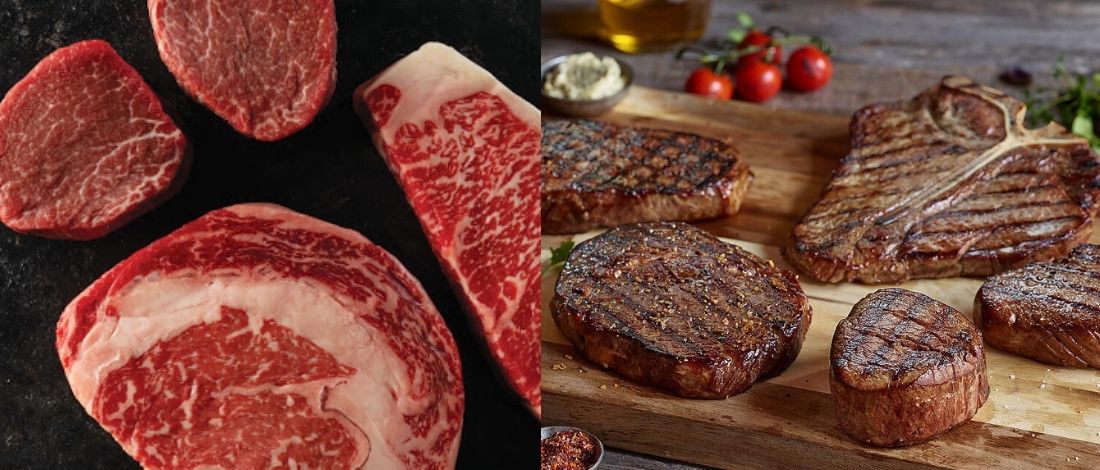Why Tuna Steaks Don’t Need Resting After Cooking
Resting cooked meat is often a standard culinary step, but tuna steaks break that mold. Unlike beef or poultry, where resting locks in juices, tuna steaks can lose their ideal texture if allowed to sit.
Tuna’s Unique Nature
Fish is a different kind of protein. Beef steaks, for example, rely on myoglobin to retain juices during resting. However, tuna’s lean composition and lack of myoglobin make it less forgiving. Overcooking transforms tuna into a dry, rubbery texture reminiscent of an eraser.
Carryover cooking—when food continues to cook after being removed from heat—poses a significant challenge for tuna steaks. This lean fish heats quickly, and resting can push it past the desired doneness.
Serve Tuna Steaks Immediately
For perfectly cooked tuna, avoid resting entirely. Slice, serve, and eat it right away. Ideally, tuna should be seared briefly, leaving the interior rare or medium-rare.
The FDA recommends cooking fish to 145°F, but many enjoy tuna closer to 130°F for a moist, tender bite. Keep in mind that even at lower temperatures, carryover heat will slightly increase the internal temperature after cooking.
Using a meat thermometer, like the ThermoWorks ThermoPop 2, ensures precision. Aim to stop cooking just shy of your target temperature and plate the steaks immediately. Tuna’s quick cooking time means there is little room for error, but practice makes perfect.
A Quick and Rewarding Meal
Preparing tuna steaks requires vigilance, but the payoff is worth it. With its tender, sashimi-like quality, tuna steak is best enjoyed fresh off the heat. Skipping the rest step ensures your dish retains its ideal flavor and texture, ready to wow your dinner table.
For more expert tips on preparing tuna and other seafood dishes, visit our homepage and explore a world of culinary inspiration.






